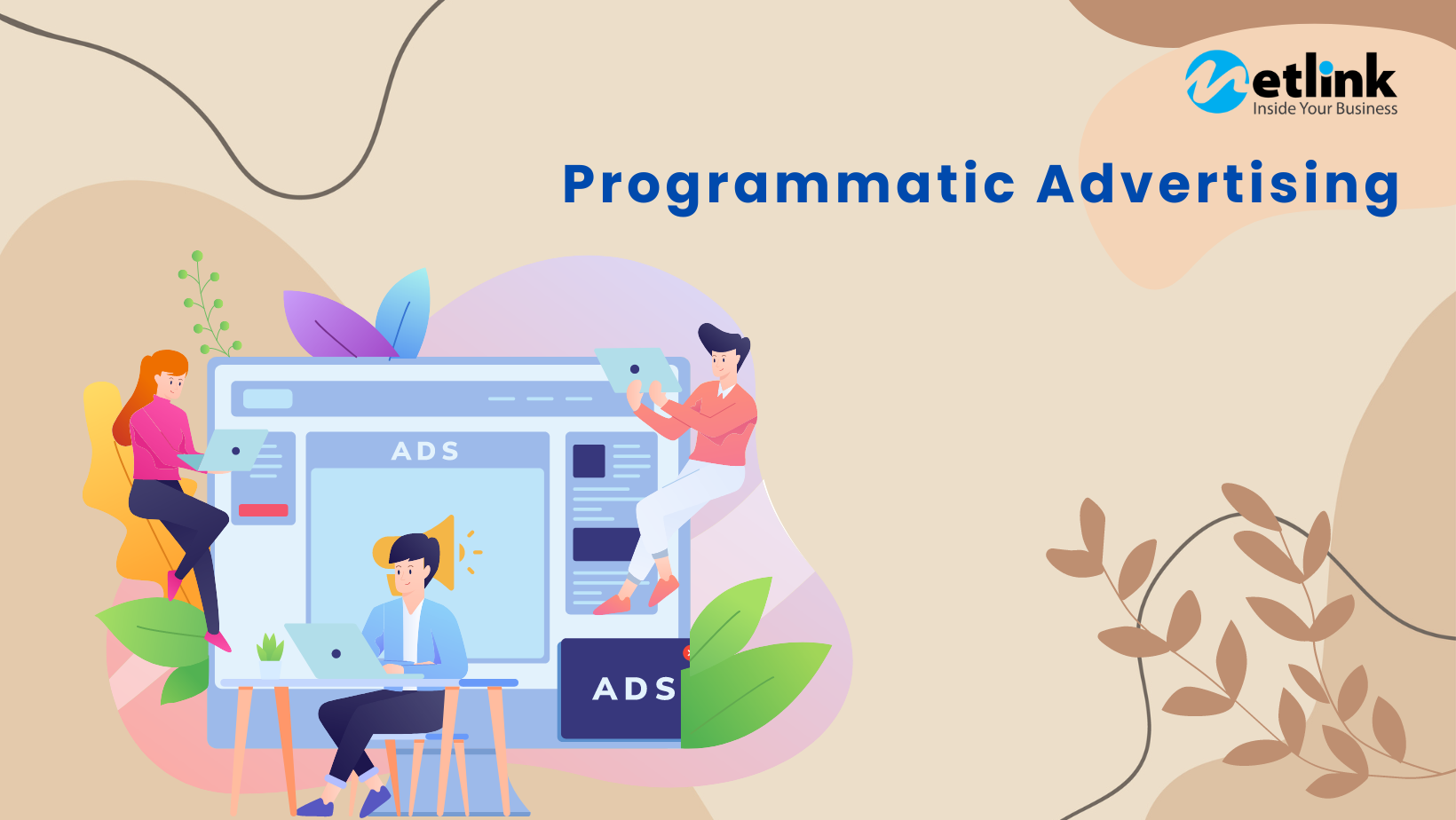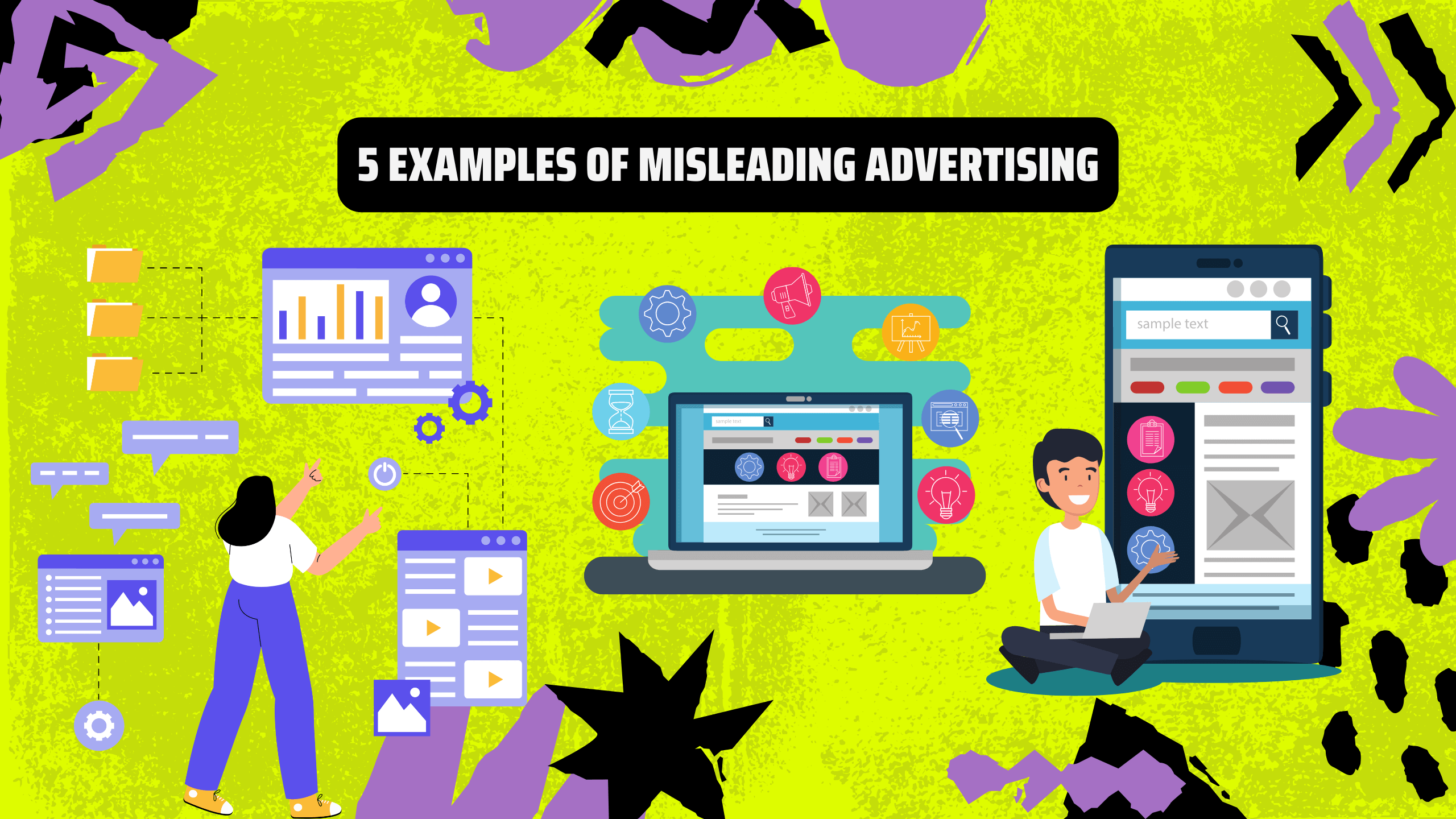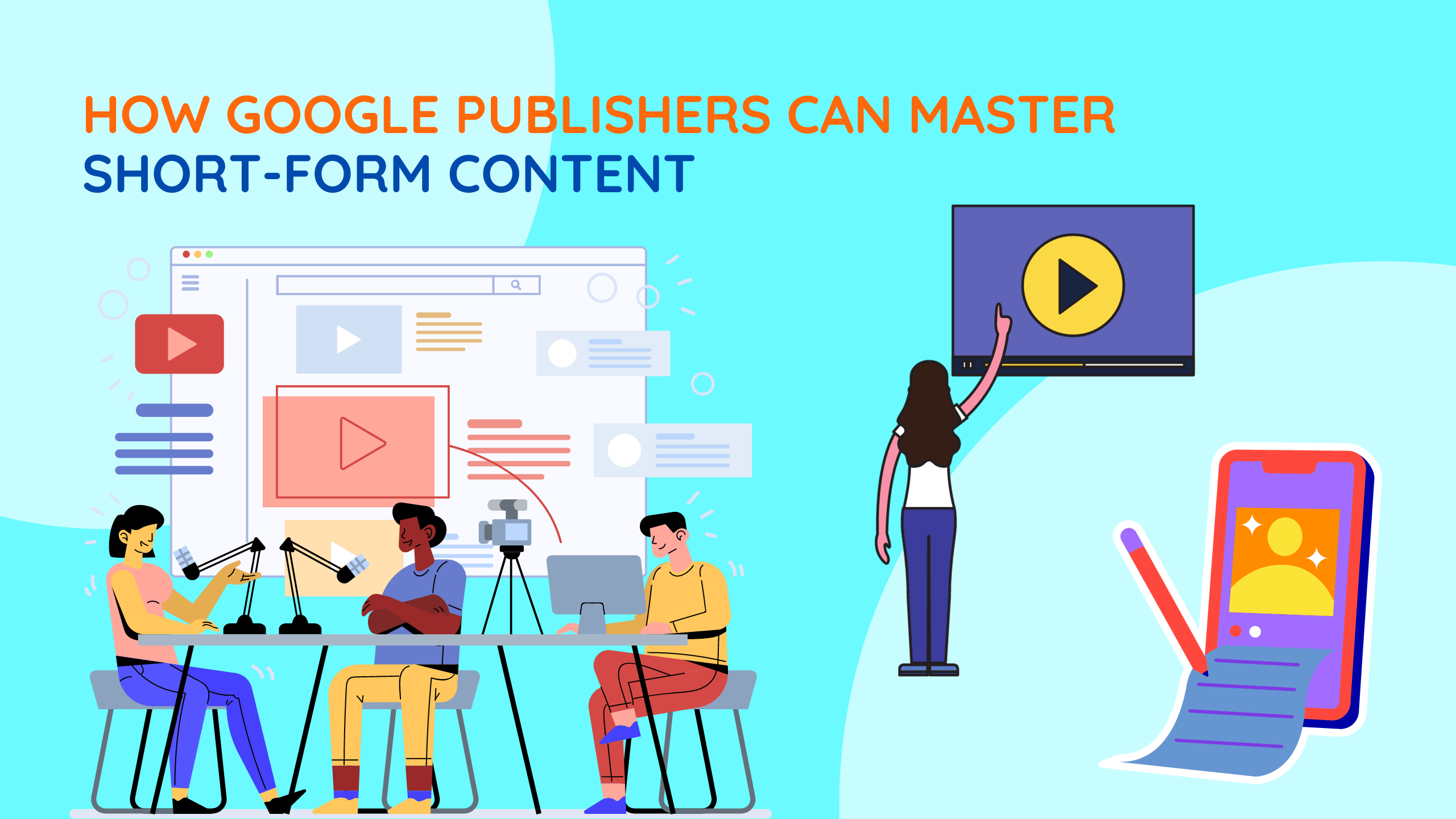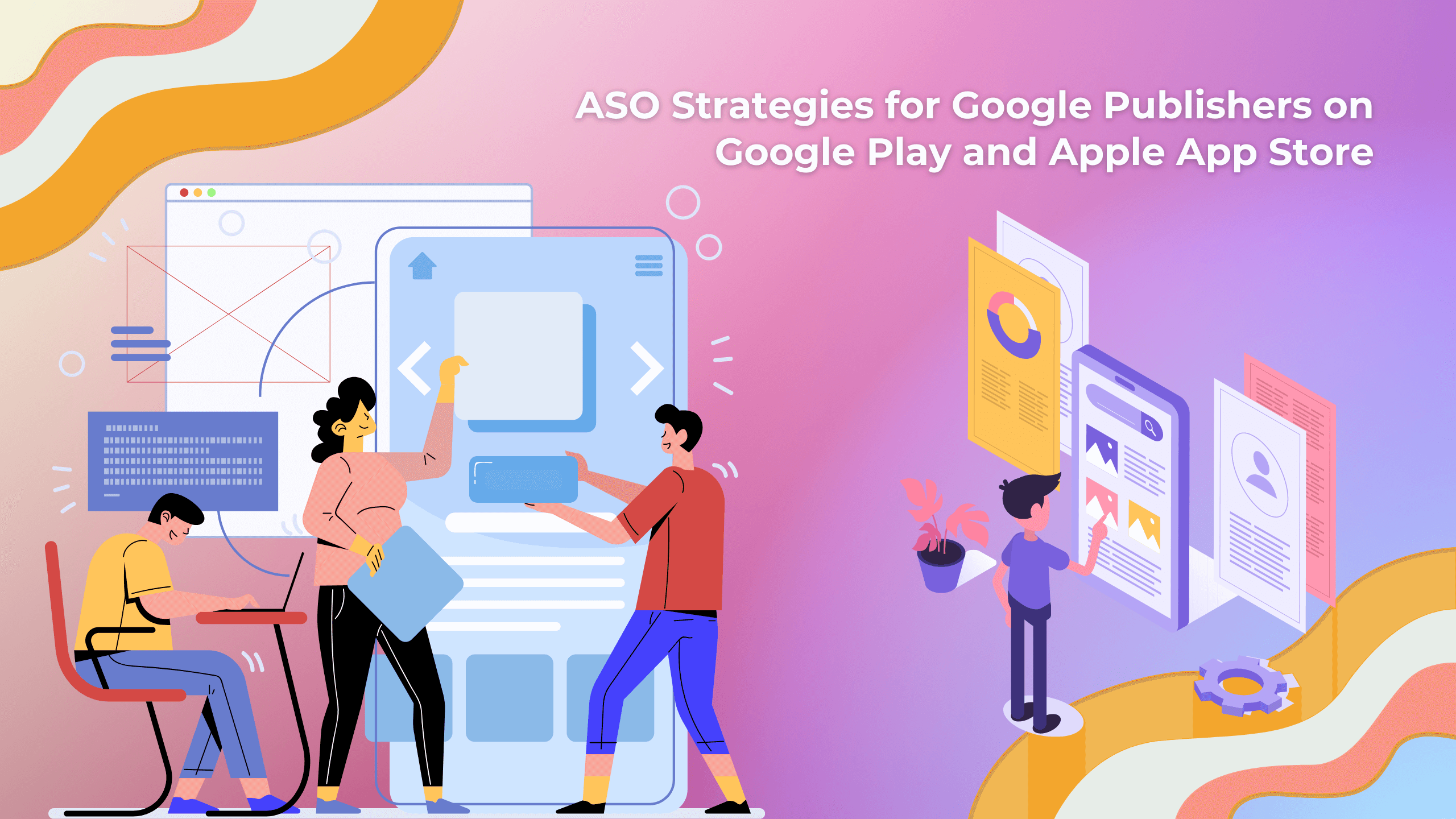In today’s fast-paced digital advertising landscape, programmatic advertising has emerged as a powerful solution for advertisers seeking greater efficiency and improved return on investment (ROI). This comprehensive blog explores the intricacies of programmatic advertising, its key components, and the significant role it plays in driving successful ad campaigns. Discover how data-driven strategies and automation revolutionize the way advertisers reach their target audiences and achieve their advertising goals.
I. Understanding Programmatic Advertising:
Programmatic advertising refers to the automated buying and selling of ad inventory in real-time through technology-driven platforms. It involves the use of sophisticated algorithms and data analysis to optimize ad targeting, placements, and pricing. Programmatic advertising eliminates manual processes and allows for efficient campaign execution across various channels, including display, mobile, video, and native advertising.
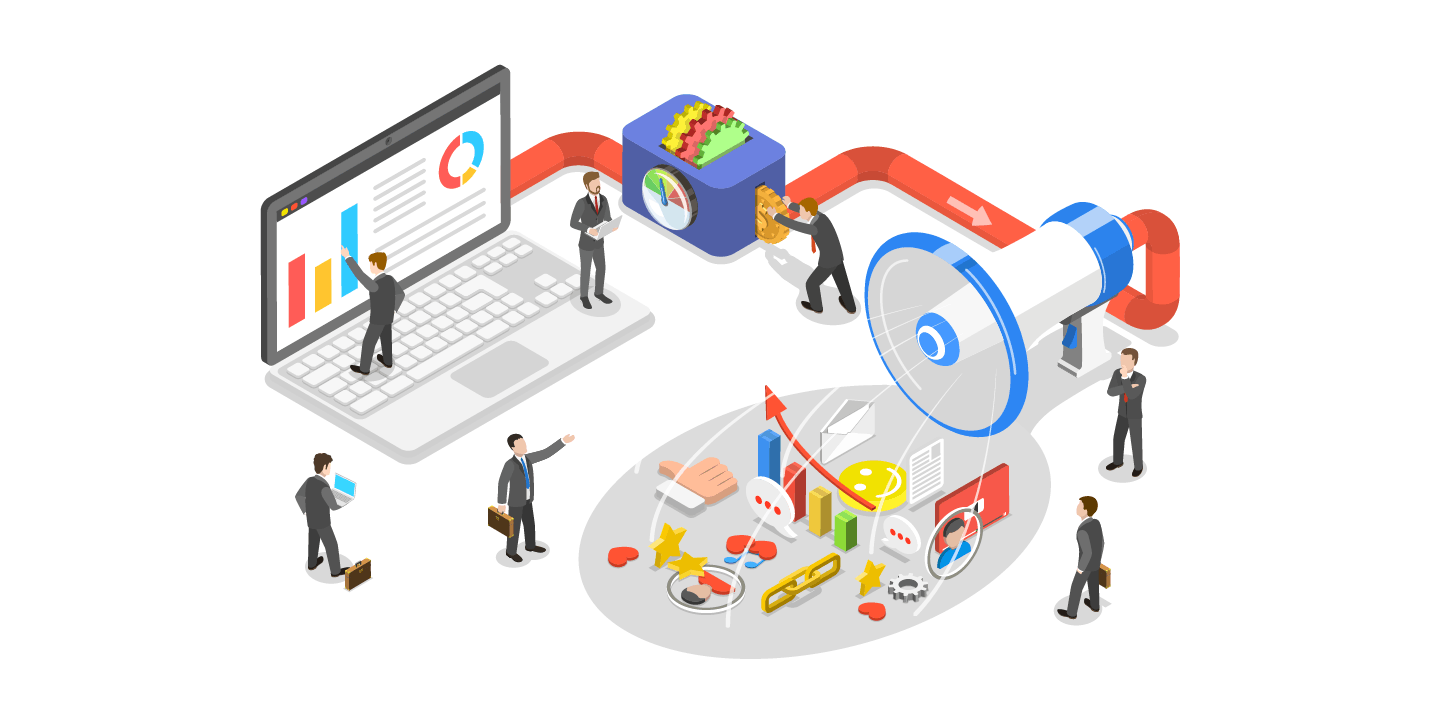
II. Key Components of Programmatic Advertising:
1. Demand-Side Platform (DSP):
DSPs enable advertisers to programmatically purchase and manage ad inventory. They offer advanced targeting capabilities, real-time bidding, and optimization algorithms to maximize campaign effectiveness.
2. Supply-Side Platform (SSP):
SSPs enable publishers to monetize their ad inventory by connecting them with multiple ad exchanges and demand sources. They provide tools for inventory management, yield optimization, and real-time bidding.

3. Data Management Platform (DMP):
DMPs collect, analyze, and segment audience data, enabling publishers and advertisers to target specific user segments and deliver personalized ads. DMPs drive data-driven decision-making, campaign optimization, and audience insights.
4. Ad Exchange:
Ad exchanges facilitate the buying and selling of ad impressions in real-time. They connect DSPs and SSPs, allowing advertisers to bid on available ad inventory and publishers to monetize their ad space.
III. Benefits of Programmatic Advertising:
1. Enhanced Targeting Precision:
Programmatic advertising leverages extensive audience data and targeting capabilities to deliver highly relevant ads to specific user segments. This precision targeting increases engagement, click-through rates, and campaign performance.
2. Real-Time Optimization:
Programmatic advertising allows for real-time optimization and adjustment of campaigns based on performance metrics. Advertisers can make data-driven decisions, modify targeting parameters, adjust bidding strategies, and optimize creative elements to maximize ROI.

3. Efficient Campaign Execution:
Automation in programmatic advertising streamlines the campaign execution process. Advertisers can efficiently manage multiple campaigns, ad formats, and channels from a centralized platform, reducing manual work and improving operational efficiency.
4. Improved Transparency and Insights:
Programmatic advertising provides advertisers with transparency into campaign performance, ad placements, and audience insights. Real-time reporting and analytics offer valuable data to optimize strategies, allocate budgets effectively, and drive continuous improvement.
IV. Best Practices for Successful Programmatic Advertising:
1. Data Utilization and Analysis:
Leverage audience data and implement proper data analysis techniques to inform targeting decisions, optimize bidding strategies, and enhance campaign performance.
2. Audience Segmentation and Personalization:
Utilize data segmentation capabilities to target specific audience segments and deliver personalized ad experiences. Tailor campaigns based on user interests, demographics, and behavior for maximum relevance.

3. Creative Optimization:
Continuously test and optimize creative elements, such as ad formats, messaging, and visuals. Use A/B testing and performance data analysis to refine creatives and improve campaign outcomes.
4. Ongoing Monitoring and Optimization:
Regularly monitor campaign performance metrics and adjust strategies accordingly. Optimize targeting parameters, bidding strategies, and budgets to maximize ROI and campaign effectiveness.
Conclusion:
Programmatic advertising has revolutionized the digital advertising landscape, offering advertisers enhanced targeting capabilities, real-time optimization, and efficient campaign execution. By understanding the key components, benefits, and bestpractices of programmatic advertising, advertisers can unlock its potential to maximize efficiency and ROI. Embrace data-driven strategies, automation, and real-time optimization to reach your target audience effectively and achieve your advertising goals. Stay ahead in the dynamic digital advertising landscape with programmatic advertising and propel your campaigns to new heights of success.

